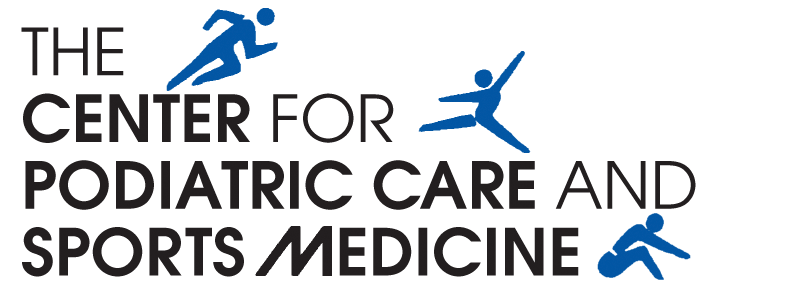Three Facts You Need to Know About Raynaud’s Disease
Even with over 200,000 Americans being diagnosed with Raynaud’s disease yearly, most people aren’t aware of this condition. With cool weather brewing, it’s normal for our fingers and toes to get cold, especially if we aren’t wearing well-insulated shoes or gloves. But if you experience numbness or pain alongside the cold, it might be a sign that you have Raynaud’s disease.
Raynaud’s disease occurs when the smaller arteries in the body grow narrow due to cold temperatures or stress. This constricts the blood flow to areas like our hands and feet. Since October is Raynaud’s Awareness Month, our team of expert podiatrists are here to share three things you need to know about Raynaud’s disease!
One: Symptoms range from minor to serious
The most noticeable sign you have Raynaud’s disease is a color change in your fingers or toes when exposed to cold temperatures and stress. Your toes usually will turn white or blue, followed by red. Numbness, tingling, and throbbing are common sensations during an “attack.” In more extreme cases, you can develop skin ulcers or tissue death.
Two: There are two types of Raynaud’s syndrome
If you have this condition, you either have primary Raynaud’s disease or secondary Raynaud’s disease. The main difference? Primary Raynaud’s is usually mild, more common, not linked to an underlying condition, and easy to treat. Secondary Raynaud’s, or Raynaud’s phenomenon, is more serious, less common, and treatment targets the cause, which is usually an underlying disease or lifestyle factor.
Three: Pay attention to Raynaud's triggers to avoid an attack
Have Raynaud’s and want to know how to keep an attack at bay? Here are our main tips:
Keep your home and office warm
Avoid caffeine and smoking
Wear warm, thick socks
Don’t go barefoot
Layer your clothes, especially when going out in cold weather
Always warm up your car before taking off
Pay attention to any medication you’re taking, as some can affect Raynaud’s disease
If you think you have Raynaud’s disease, it’s important to talk with your podiatrist about your condition.
At The Center for Podiatric Care and Sports Medicine, Dr. Jonathan Levy, Dr. Nadia Levy, Dr. Diane Castro, Dr. Josef Geldwert, Dr. Katherine Lai, and Dr. Vera Malezhik treat various conditions such as sports injuries, ankle pain, diabetic wounds, heel pain, ingrown toenails, plantar warts, and neuromas. Equipped with state-of-the-art technology, we offer cutting-edge care for patients in Midtown East and Manhattan. Contact our office at (212) 980-6487. Our office is at 120 E 56th Street, Suite 1150, New York, NY 10022. We continue to offer telemedicine appointments.


